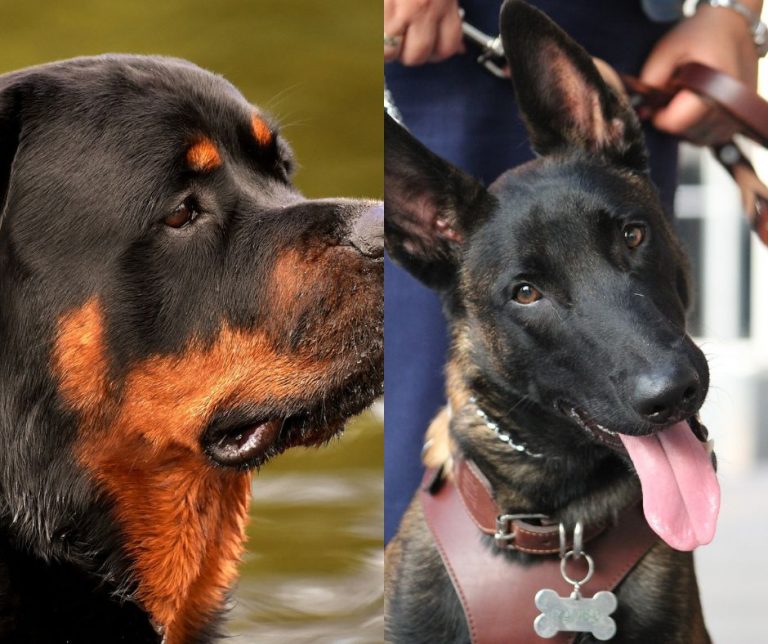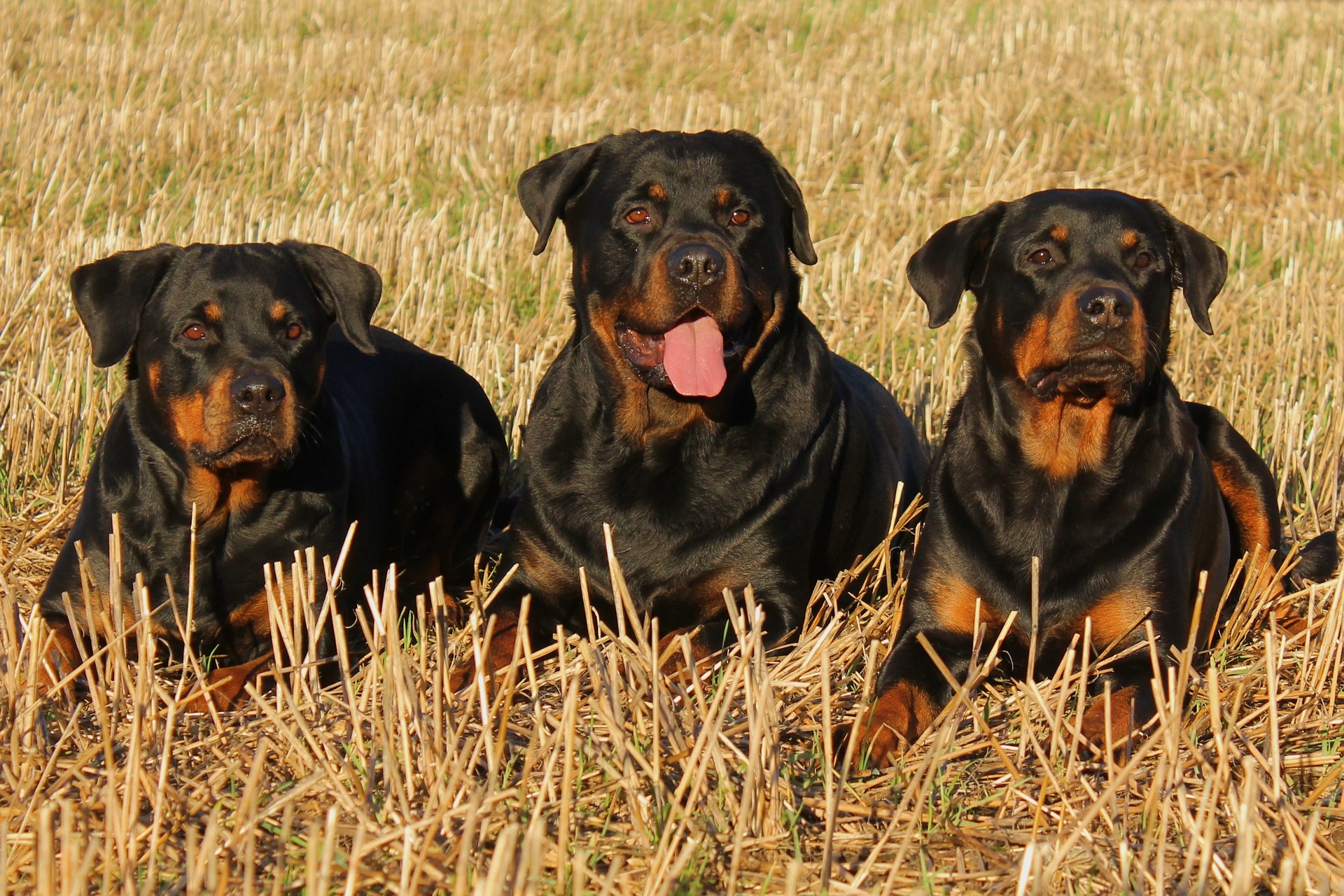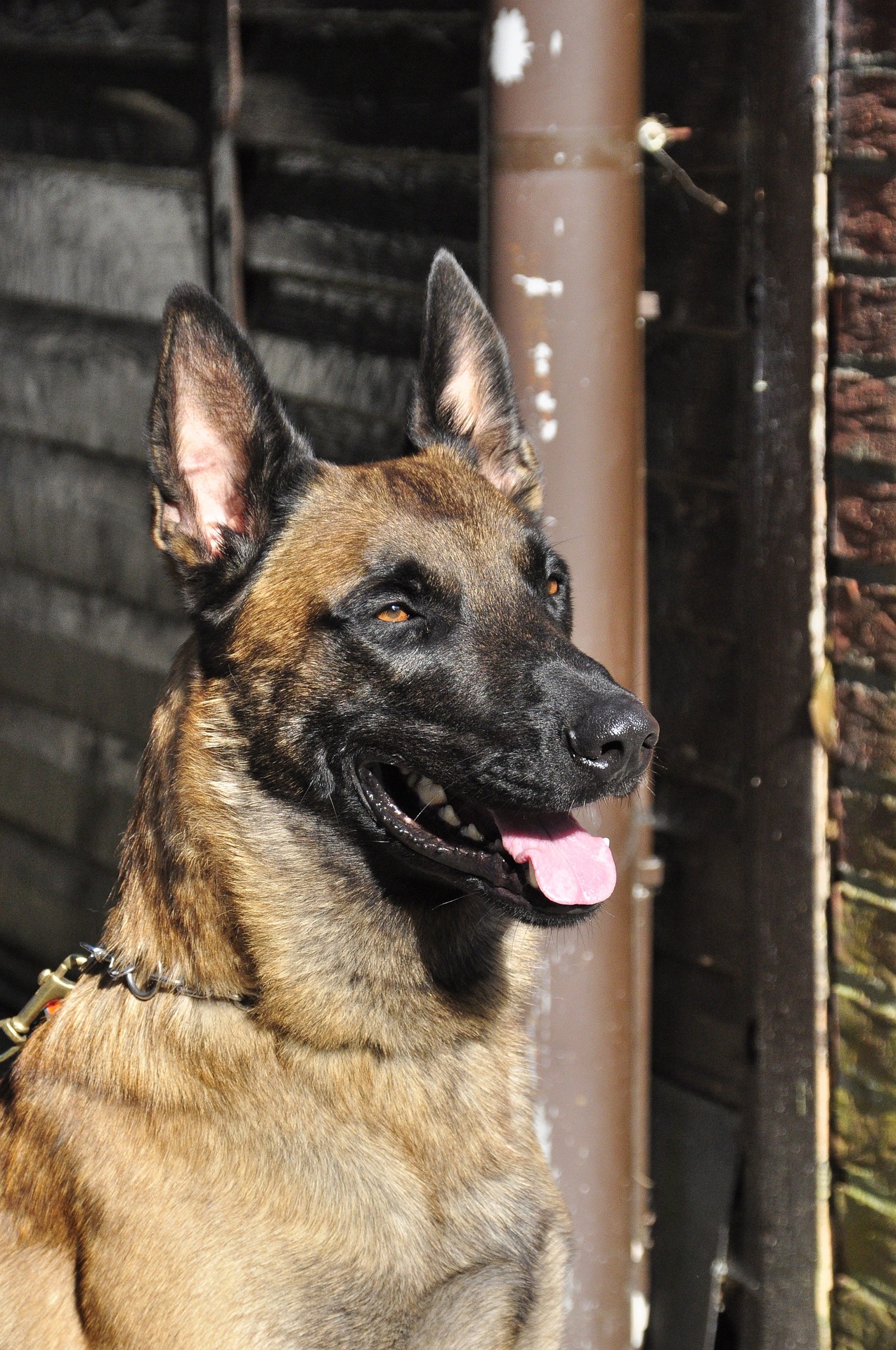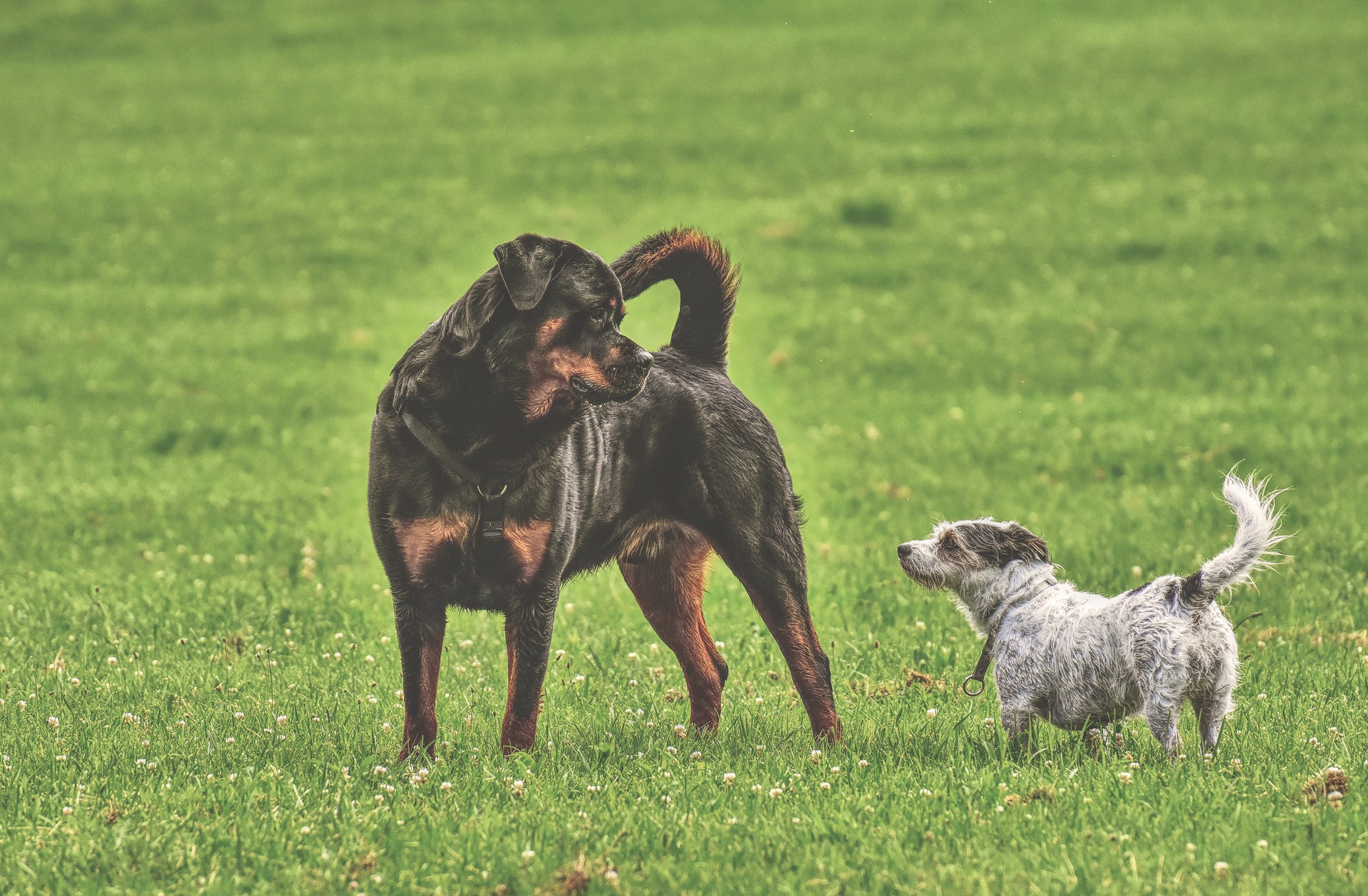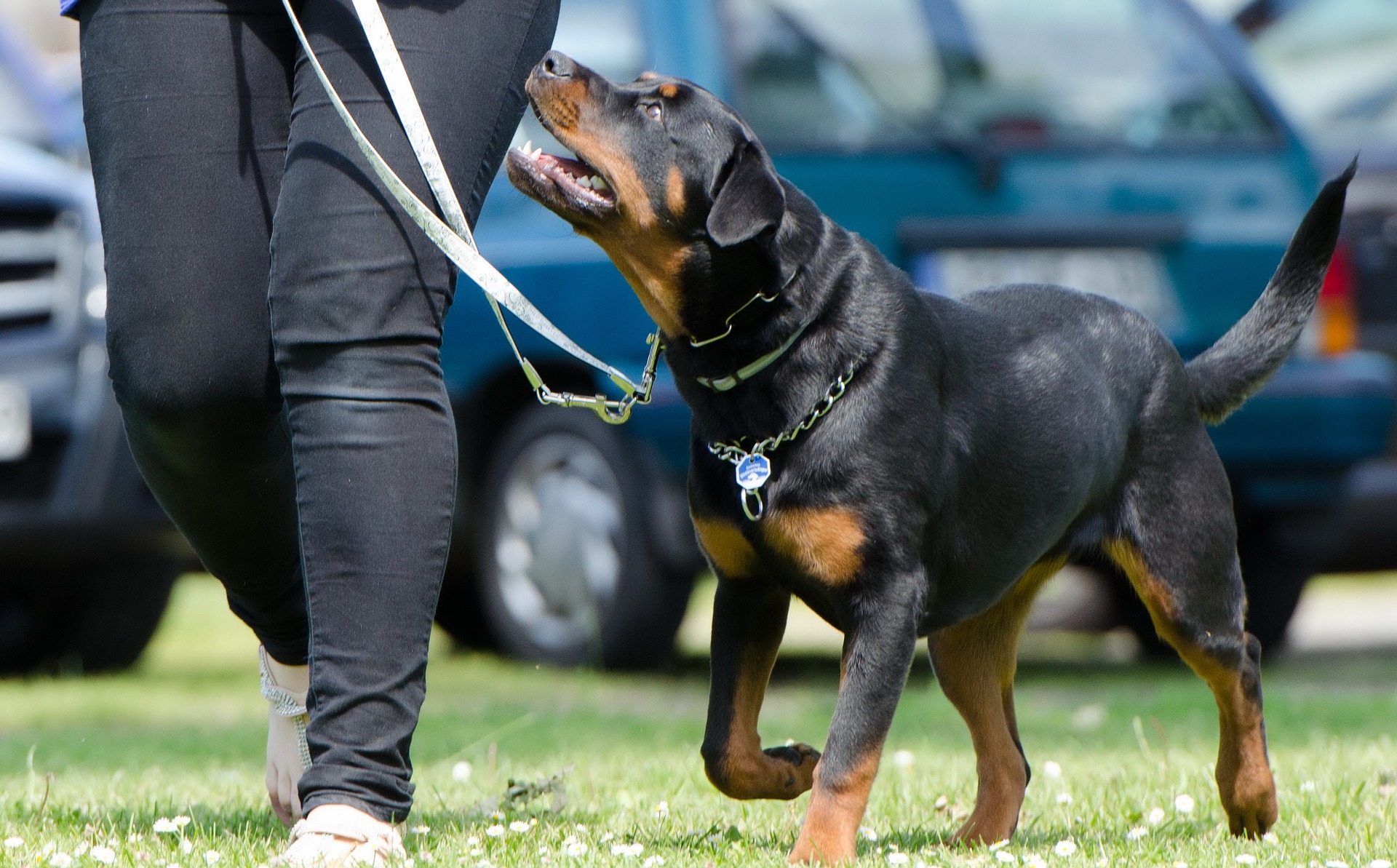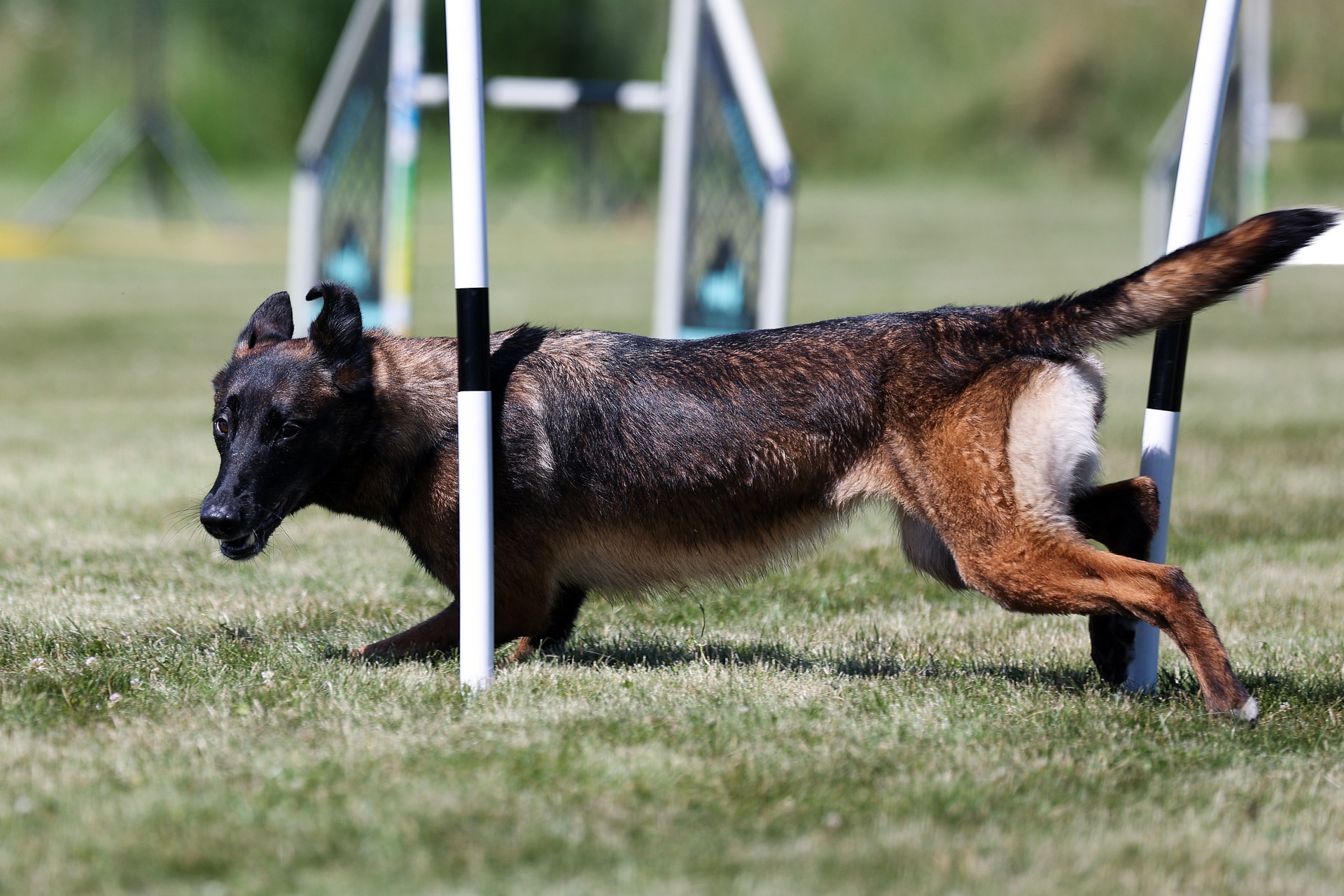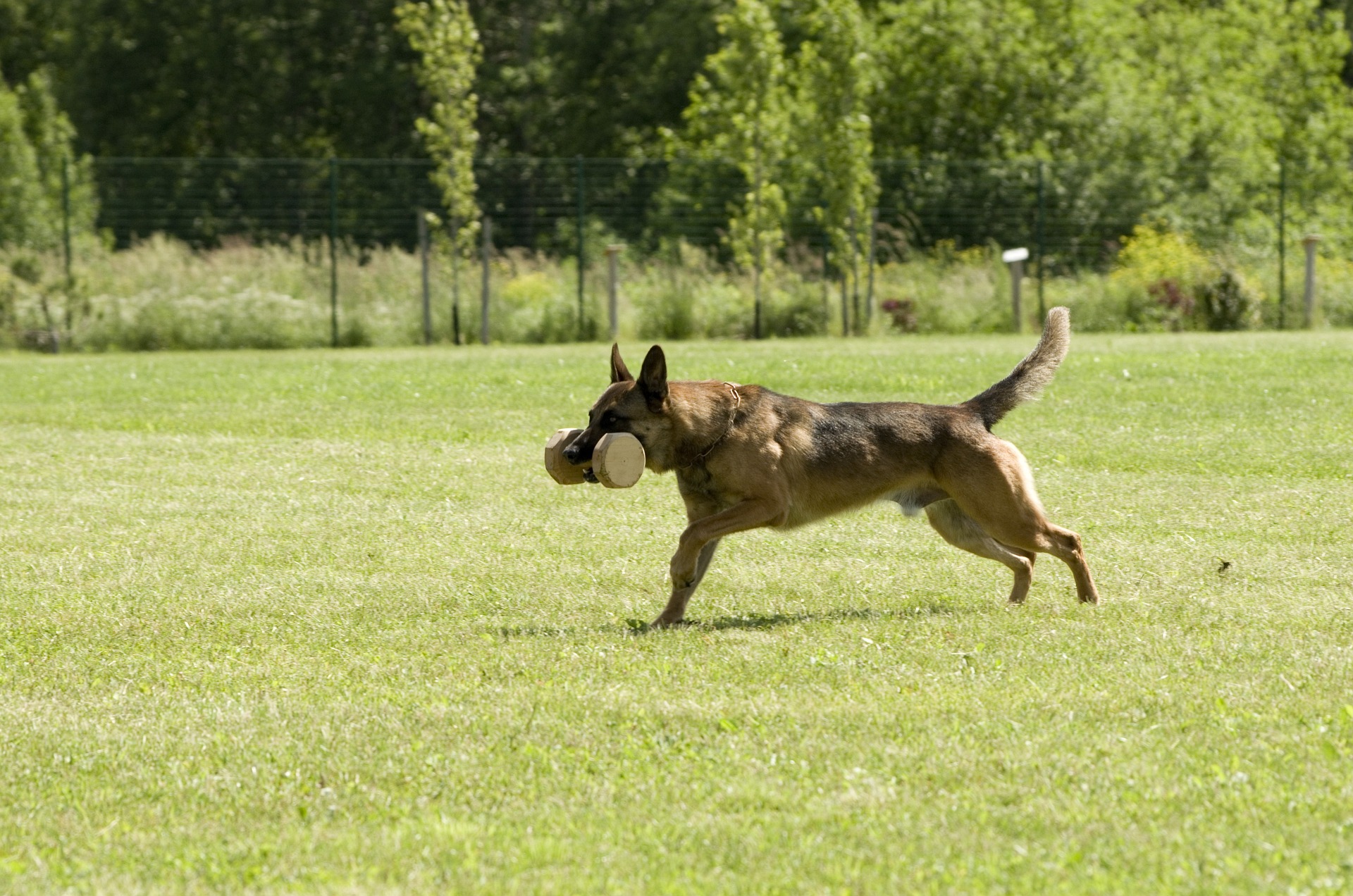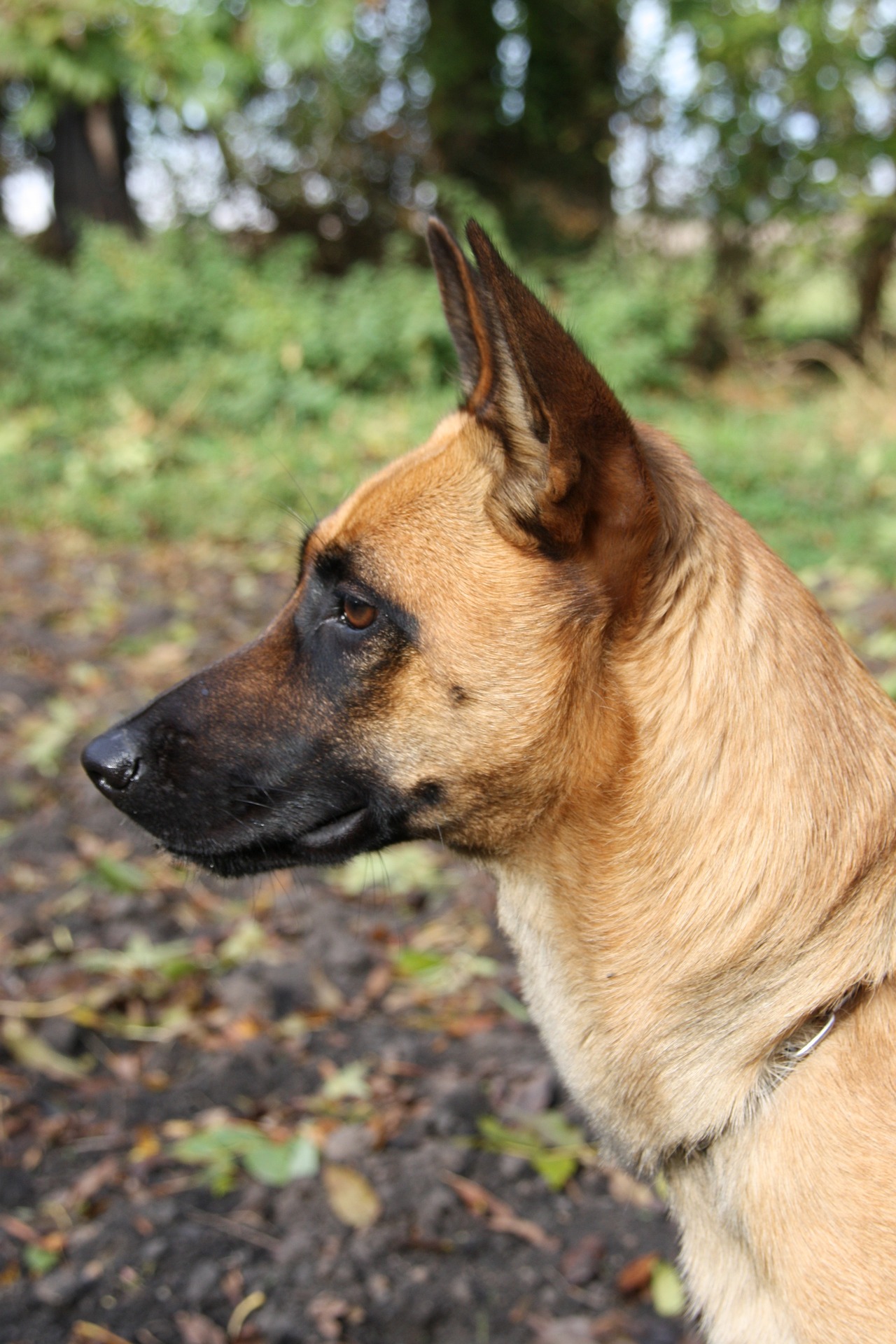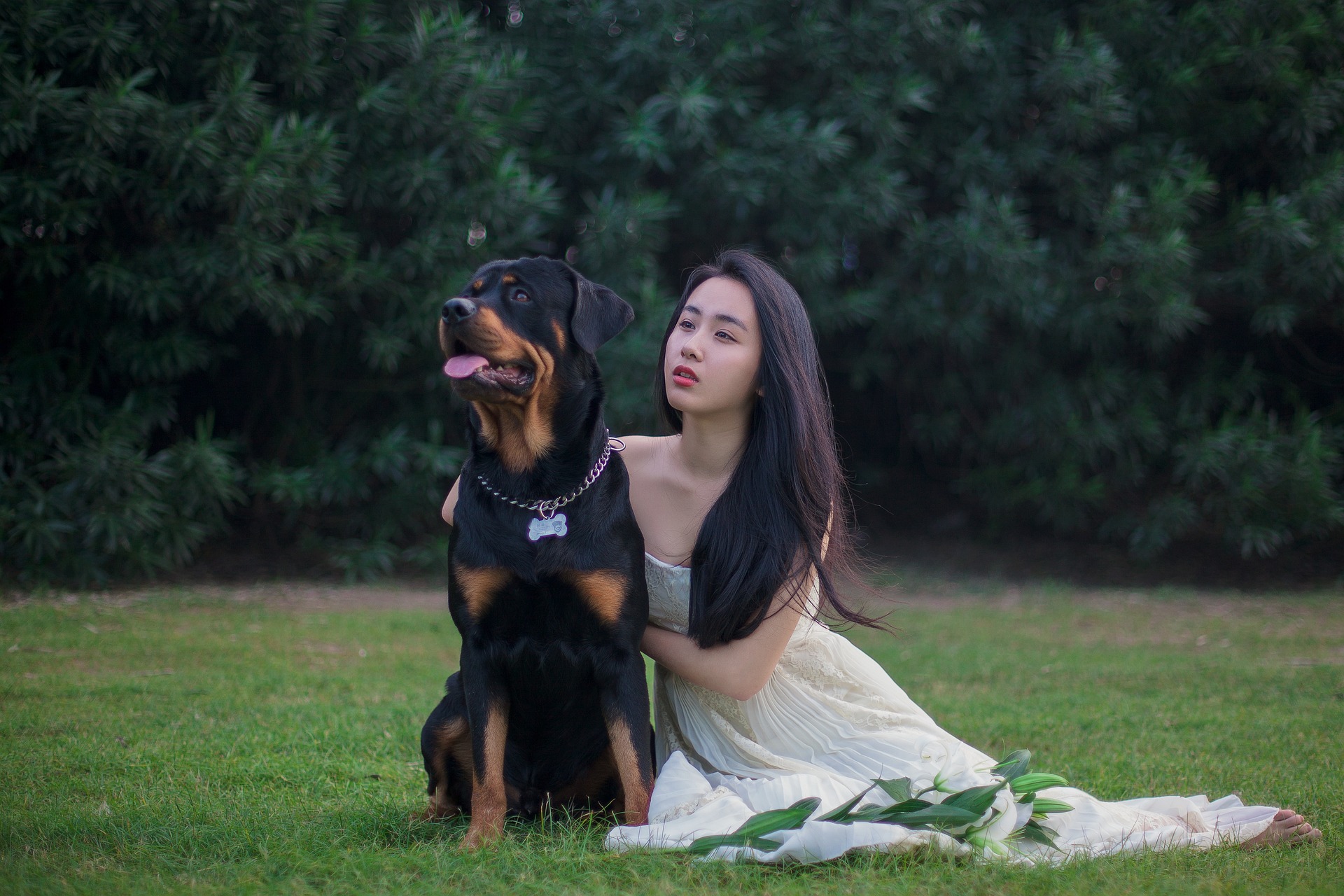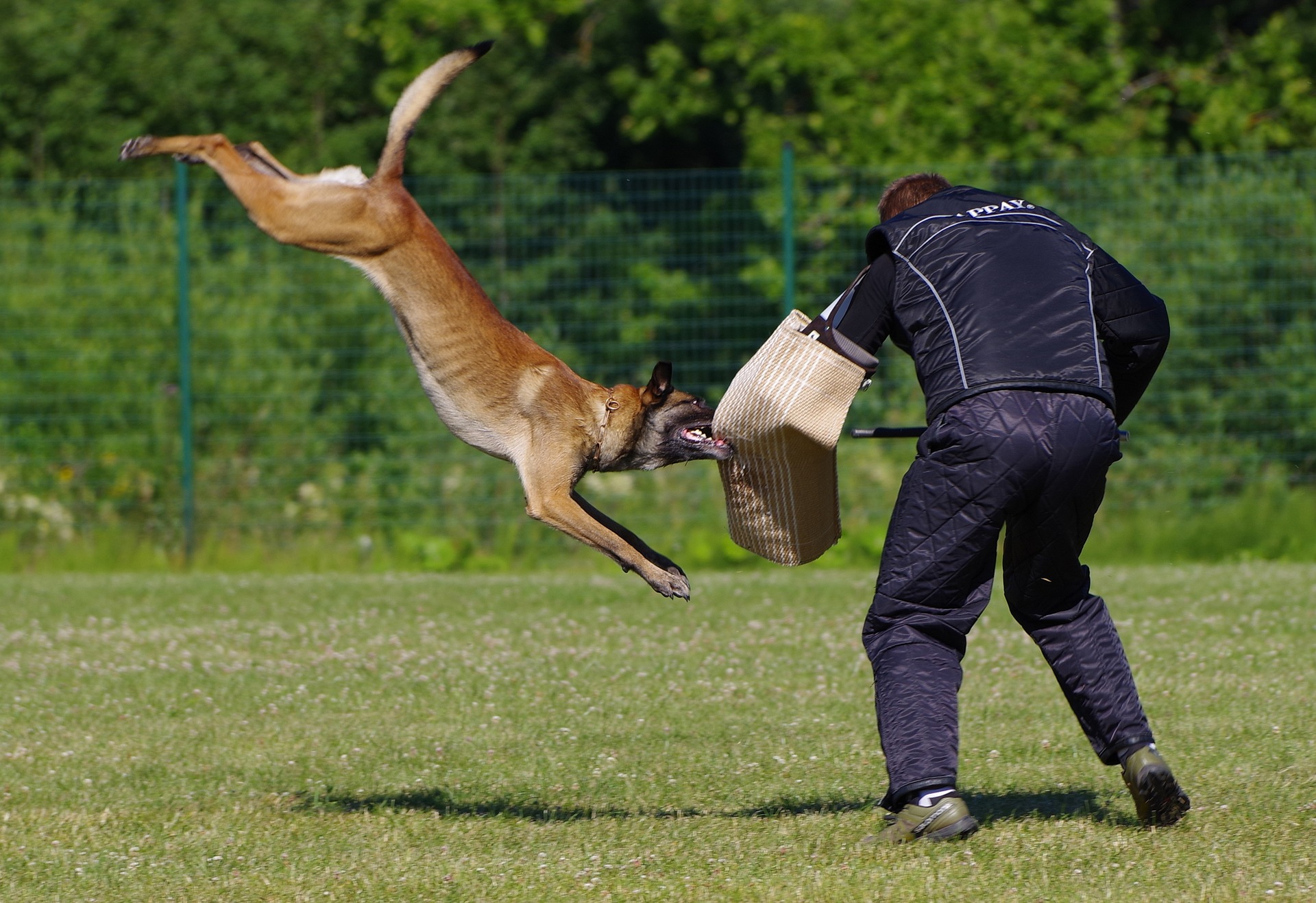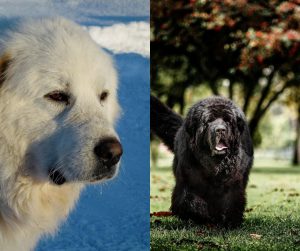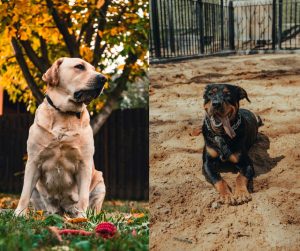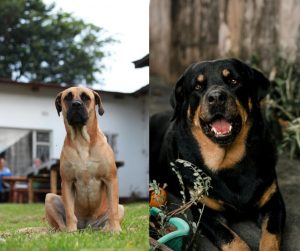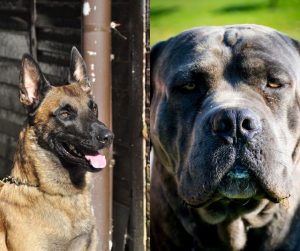Choosing between a Belgian Malinois and a Rottweiler is a decision that can significantly impact a family, an individual, or a professional looking for a working dog. Both breeds have a storied history as capable and dedicated working dogs with distinct characteristics and attributes that make them stand out. The Belgian Malinois is known for its agility and intelligence, often employed in various roles such as police work due to its keen senses and trainability. On the flip side, the Rottweiler is recognized for its strength and confidence, serving as a dependable protector and a loyal companion.
When considering these breeds, prospective owners should understand the physical and temperamental differences between the two.
Belgian Malinois typically exhibit high levels of energy and require substantial exercise and mental stimulation. Their lean build and intense work ethic make them suitable for active households or roles that keep them on the move.
Meanwhile, Rottweilers, with their robust build and calm demeanor, can thrive in a family environment, provided they receive appropriate training and socialization.
Both breeds demand an investment in training and care, but they can provide unmatched companionship and security when their needs are met. Let’s take a deeper look at the Belgian Malinois vs Rottweiler dog breed comparison.
Key Takeaways
- The Belgian Malinois and Rottweiler are both intelligent working dogs with unique attributes suited for active roles
- Potential owners should consider the breeds’ exercise needs, grooming requirements, and compatibility with family life
- Proper training and socialization are vital for both breeds to ensure they become well-adjusted and reliable companions
Breed Origins and History
Before diving into the fascinating tales of these two beloved dog breeds, it’s essential to recognize their storied pasts. The Belgian Malinois hails from Belgium, a testament to European herding heritage, while the Rottweiler carries a lineage deeply rooted in the annals of German history.
Belgian Malinois Origins
The Belgian Malinois, named after the Belgian city of Malines, is one of the four varieties of Belgian herding dogs. Originating in the Belgium region, these dogs were bred for their herding abilities and are recognized for their versatile skill set. With an astute work ethic honed over centuries, the Malinois has been a consistent choice for various roles beyond herding, such as police and military work.
Malinois share similar origin with the German Shepherd and Dutch Shepherd.
Rottweiler Origins
Conversely, Rottweilers trace their lineage back to Rottweil, a town in Germany, hence the name. They come from a robust working lineage, often associated with roles such as driving cattle and pulling carts for butchers in their town of origin. Esteemed for their strength and reliability, Rottweilers have carried their legacy through time, adapting from their utilitarian jobs in Germany to modern roles that include protective services and devoted companionship.
Rottweiler dogs were working dogs in Germany. But they were not farm dogs. That role belonged to the German Shepherd. Nowadays, Rotties are loyal guardians, similar to the Cane Corso, their Italian counterpart.
Physical Characteristics
When comparing the Belgian Malinois and Rottweiler, their physical characteristics are distinctive yet both breeds boast robustness and agility. Here’s what sets them apart in terms of size and weight, coat and color, and their general health and lifespan.
Size and Weight
Belgian Malinois:
- Size: Medium-sized
- Weight: 40 to 80 pounds
Rottweiler:
- Size: Large-sized
- Weight: 80 to 135 pounds
Belgian Malinois are typically more lithe and athletic in build, whereas Rottweilers have a more robust and sturdy frame.
Coat and Color
Belgian Malinois:
- Coat: Short and straight, with a weather-resistant undercoat
- Color: Rich fawn to mahogany, with black overlay and mask
Rottweiler:
- Coat: Short, dense, and straight
- Color: Black with rust to mahogany markings
While both breeds have coats that are relatively easy to care for, the Malinois may shed more due to their dense undercoat.
Lifespan and Health
Belgian Malinois:
- Lifespan: 14-16 years
- Health: Generally healthy but watch for hip dysplasia
Rottweiler:
- Lifespan: 9-10 years
- Health: Susceptible to bloat, osteosarcoma, hip and elbow dysplasia
Healthwise, Belgian Malinois tend to have a longer lifespan and are less prone to certain genetic conditions, while Rottweilers require close attention to more serious health concerns. Regular veterinary check-ups are essential for both breeds to ensure they lead a healthy, happy life.
Temperament and Personality
When choosing between a Belgian Malinois and a Rottweiler, one should consider how breed temperaments align with their lifestyle. Both breeds are known for their intelligence and protective nature but have distinctive temperaments worth noting.
Belgian Malinois Temperament
The Belgian Malinois puppy is recognized for its high energy and alertness. They are intelligent and loyal, qualities that make them superb working dogs. This breed thrives on having a job to do, reflecting their devotion to their tasks and family. With proper training, they exhibit a confident and protective demeanor, but they can become aggressive if they feel threatened or provoked.
Rottweiler Temperament
In contrast, Rottweiler dogs project a calm and confident presence. They are equally intelligent but can be described as more affectionate and devoted when part of a family. Despite their powerful build, many Rotties are gentle giants with their loved ones. They can, however, display stubbornness, and like the Malinois, they are protective and may appear aloof to strangers, making them excellent guard dogs.
Training and Socialization
Training and socializing these powerful dogs is a rewarding journey. Both breeds have keen intelligence and a strong willingness to work, making them a delight to train for those who put in the time.
Trainability
The Belgian Malinois and Rottweiler are known for their high levels of intelligence and trainability. However, their intelligence means they can also get bored quite easily, so they frequently need engagement.
- Belgian Malinois:
- Intelligence: Exceptionally smart and learns quickly.
- Work Ethic: Energetic with a strong drive to perform tasks.
- Dog Training Approach: Thrives on positive reinforcement and varied training sessions to prevent boredom.
- Rottweiler:
- Intelligence: Highly intelligent, with a talent for obedience work
- Work Ethic: Calm and steadfast, but equally capable of intense focus on the task at hand
- Dog Training Approach: Responds well to consistent and firm training methods, using positive reinforcement
Socialization Needs
Early and ongoing socialization is paramount to ensure that both the Belgian Malinois and Rottweiler develop into well-adjusted, friendly pets.
- Belgian Malinois:
- Often reserved around strangers, they need to meet various people and animals from a young age. Regular social interactions can help temper their protective nature
- Rottweiler:
- Although protective, a well-socialized Rottweiler can discern between normal and threatening behavior. Exposing them to different scenarios and people early on is crucial
Exercise and Activity Level
Choosing between a Belgian Malinois vs Rottweiler isn’t just about their looks or temperament—it’s also about matching their energy levels to your lifestyle. Both dog breeds are on the active side, but they have different exercise needs tailored to their unique characteristics.
Belgian Malinois Activity Needs
The Belgian Malinois dog breed is a bundle of energy, requiring not just physical exercise but also plenty of mental stimulation. They thrive on activities that challenge their intellect, like agility training or herding tasks, which cater to their working dog heritage.
- Daily Exercise: At least three walks a day combined with high-energy activities
- Mental Stimulation: Regular engagement through training sessions, puzzle toys, or interactive playtime
Belgian Malinois are built for action and if they don’t get enough, they could potentially develop behaviors stemming from boredom or worse, obesity if their calorie intake isn’t managed alongside their activity.
Rottweiler Exercise Requirements
Though Rottweilers may look daunting with their muscular build, they’re not the endless energy machines that their Belgian counterparts are. However, they still need regular exercise to maintain their health and prevent obesity.
- Exercise Needs: Daily walks coupled with some playtime or work-related tasks. Moderate levels of agility training can also be beneficial but should be adjusted according to individual health and stamina
- Balance is Key: It’s important to strike a balance between exercise and rest for Rottweilers to avoid putting undue stress on their joints
Rottweilers appreciate having a job to do as well, which satisfies their working dog instincts and keeps their mind engaged, supporting overall well-being.
Grooming and Care
Caring for a dog’s coat is about keeping them comfortable and healthy, not just good looks. For Belgian Malinois and Rottweilers, their grooming needs differ slightly but are vital for their well-being. Neither of these popular dog breeds is hypoallergenic. So, when we talk about Belgian Malinois vs Rottweiler dog breed health issues and grooming needs, both have similar coat.
Shedding and Allergies
Belgian Malinois have a thick, short coat that sheds year-round, with a heavier shedding period twice a year. Regular brushing, about twice a week, will help manage the loose fur. This will decrease the chance of allergies in sensitive people.
On the other hand, Rottweilers also shed, but not as heavily. They have a medium-length coat that will benefit from weekly brushing to catch that rogue fur and keep allergen levels down.
Grooming Routines
When it comes to their grooming routines, both breeds will need more than just a good brush. Belgian Malinois should be bathed once every few months, unless they get especially dirty.
Similarly, Rottweilers can go a month or two between baths, depending on their activity level and how quick they are to find a mud puddle.
Belgian Malinois
- Brushing: Twice weekly
- Bathing: Every 2-3 months
Rottweilers
- Brushing: Weekly
- Bathing: Every 1-2 months
For both breeds, their nails should be trimmed regularly to avoid discomfort when walking. Ear cleaning and tooth brushing should be part of the routine as well, preventing any buildup that could cause health issues.
These simple steps can help prevent common problems and keep your furry friend feeling fresh and fabulous.
Compatibility with Families
When adding a four-legged friend to the family, it’s crucial to consider how they’ll fit into the home dynamic. This is especially true with little ones toddling about and possibly other furry pals already claiming their favorite sunny spots in the house.
Behavior with Children
Belgian Malinois are known for their energetic and protective nature, making them vigilant family dogs. However, due to their high energy and strong herding instincts, they need supervision around children. This is to ensure play remains safe and gentle.
With the right training and socialization, they can become a beloved and loyal family member. They’ll always be ready for the next game of fetch or hide and seek.
Rottweilers, on the other hand, are affectionate and bond closely with their family. They can be gentle giants with children they’ve grown up with, provided they are socialized from a young age.
Still, their large size and strength necessitate training and supervision to prevent accidental knocks or rough play that could overwhelm a younger child.
Interaction with Other Pets
When introducing a Belgian Malinois to other pets, it’s like mixing spices; balance and respect for everyone’s space is vital. They have a strong prey drive, so careful introductions and training are necessary to foster harmony with family pets.
Their herding background means they might try to corral their fur siblings, so they need guidance on what’s acceptable in the family pet dynamic.
Rottweilers tend to have a strong territorial instinct, which means they can be a bit bossy with family pets if they aren’t taught to share their turf.
However, when raised alongside other animals or with proper introductions, Rottweilers can become respectful and even protective of their smaller or less dominant animal companions.
Consistency and patience in training will be the bricks that help build a peaceful multi-pet household.
Role as Working and Guard Dogs
Both Belgian Malinois and Rottweilers are celebrated for their remarkable abilities in guarding and protection as well as their invaluable contributions to search and rescue missions.
Guarding and Protection Skills
Belgian Malinois and Rottweilers have a storied past as dependable guard dogs. Their protective instincts are deeply ingrained, making them natural watchdogs. Both of them are in the category of guardian dogs that also includes the Doberman Pinscher, Cane Corso, German Shepherd, and more.
- Belgian Malinois: These dogs are known for their high energy and sharp minds, which contribute to their exceptional work in police forces worldwide. With an innate sense of loyalty, they make vigilant protectors
- Rottweilers: Their historical role during wartime as messengers and guards highlights their natural guarding prowess. Today, a Rottweiler’s sturdy build and courageous heart make them formidable protectors
Search and Rescue Contributions
The agility and intelligence of Belgian Malinois have positioned them as top-tier search and rescue dogs. Their keen senses lead them to excel in this demanding work environment.
- Belgian Malinois: Employed in various search and rescue roles, their fast-paced working style and intense focus aid in life-saving operations
- Rottweilers: Although less common in search and rescue, their strength and perseverance make them capable helpers when called upon for such important tasks

